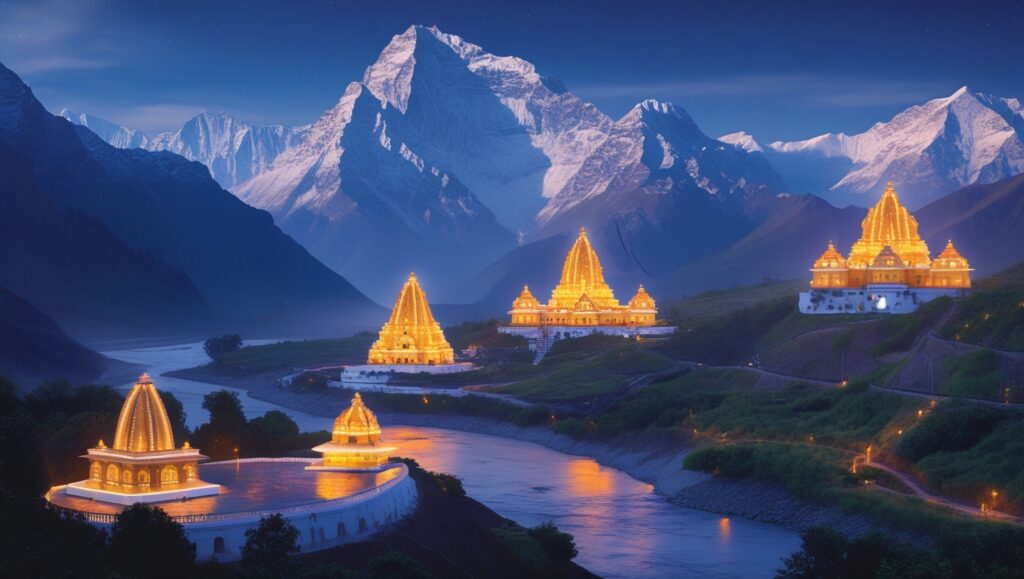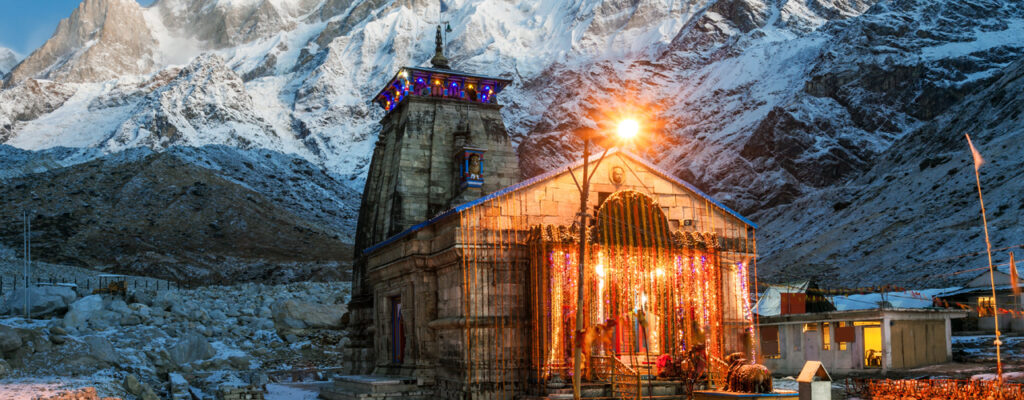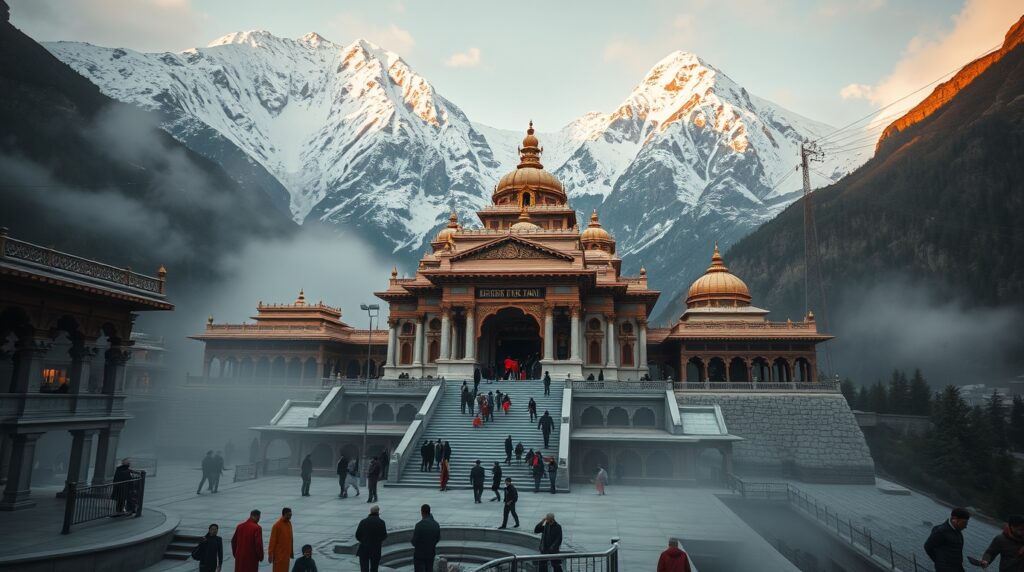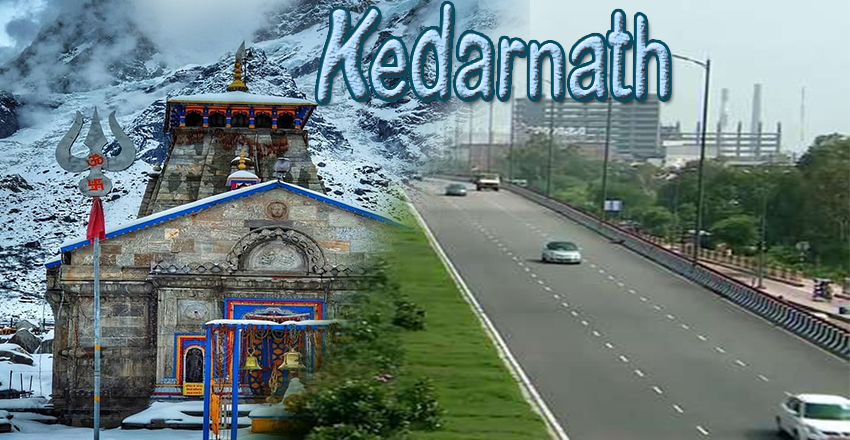Discover the spiritual journey of Char Dham in Uttarakhand – Yamunotri, Gangotri, Kedarnath, and Badrinath. Learn about their history, significance, and travel details.
What Are the 4 Char Dham in Uttarakhand?
The Chota Char Dham of Uttarakhand, also known as the Himalayan Char Dham, consists of four revered pilgrimage sites—Yamunotri, Gangotri, Kedarnath, and Badrinath. These sacred shrines, located in the Garhwal region of Uttarakhand, hold immense spiritual significance in Hinduism. It is believed that visiting these four dhams cleanses one’s sins and paves the way to moksha (liberation).
Every year, thousands of devotees embark on the Char Dham Yatra, a spiritual journey through the breathtaking landscapes of the Himalayas.
The Four Char Dham of Uttarakhand
1. Yamunotri – The Source of River Yamuna
Location: Uttarkashi District, Uttarakhand
Significance: Dedicated to Goddess Yamuna, Yamunotri is the first stop in the Char Dham circuit. The temple, situated at an altitude of 3,293 meters, marks the origin of the sacred Yamuna River. Devotees also visit the hot springs of Surya Kund to cook rice as an offering to the goddess.
2. Gangotri – The Origin of River Ganga
Location: Uttarkashi District, Uttarakhand
Significance: Gangotri Temple is dedicated to Goddess Ganga, who is believed to have descended to Earth at this very place. The river originates from the Gangotri Glacier, near Gaumukh, about 19 km from the temple. Gangotri is situated at an altitude of 3,100 meters and holds deep religious significance for Hindus.
3. Kedarnath – The Sacred Jyotirlinga of Lord Shiva
Location: Rudraprayag District, Uttarakhand
Significance: One of the twelve Jyotirlingas, Kedarnath is dedicated to Lord Shiva. This temple, situated at an elevation of 3,583 meters, is one of the most challenging yet spiritually fulfilling pilgrimages. It is believed that Pandavas built this temple to seek Lord Shiva’s forgiveness after the Kurukshetra war. The trek to Kedarnath is a test of devotion and endurance.
4. Badrinath – The Abode of Lord Vishnu
Location: Chamoli District, Uttarakhand
Significance: Badrinath is the last stop of the Char Dham Yatra and is dedicated to Lord Vishnu (Badrinarayan). Nestled at an altitude of 3,300 meters on the banks of the Alaknanda River, the temple is believed to be the site where Lord Vishnu meditated under the Badri tree. The Tapt Kund, a natural hot spring, is also a major attraction for pilgrims.
The Importance of Char Dham Yatra
The Char Dham Yatra is considered a journey toward spiritual enlightenment and self-purification. According to Hindu beliefs, visiting these four shrines in a single pilgrimage washes away sins and leads to salvation. The Yatra usually begins in Yamunotri, followed by Gangotri, Kedarnath, and Badrinath in that order.
The pilgrimage season begins in April or May and lasts until October or November, with the temples remaining closed during winter due to heavy snowfall.
FAQs About Char Dham Uttarakhand
1. What is the best time to visit Char Dham in Uttarakhand?
The best time to visit is from May to June and September to October, avoiding the monsoon season due to landslides and road blockages.
2. Can Char Dham Yatra be completed in one trip?
Yes, the journey typically takes 10-12 days if traveling by road. Helicopter services are also available for a quicker pilgrimage.
3. Is the Char Dham Yatra physically demanding?
Yes, especially Kedarnath, which requires a 16 km trek from Gaurikund. However, palki (palanquin) and pony services are available.
4. How can I register for the Char Dham Yatra?
Registration is mandatory and can be done online through the Uttarakhand Tourism website or at designated counters.
5. Are there accommodation facilities available on the route?
Yes, there are guesthouses, dharamshalas, hotels, and government lodges at every dham for pilgrims.





